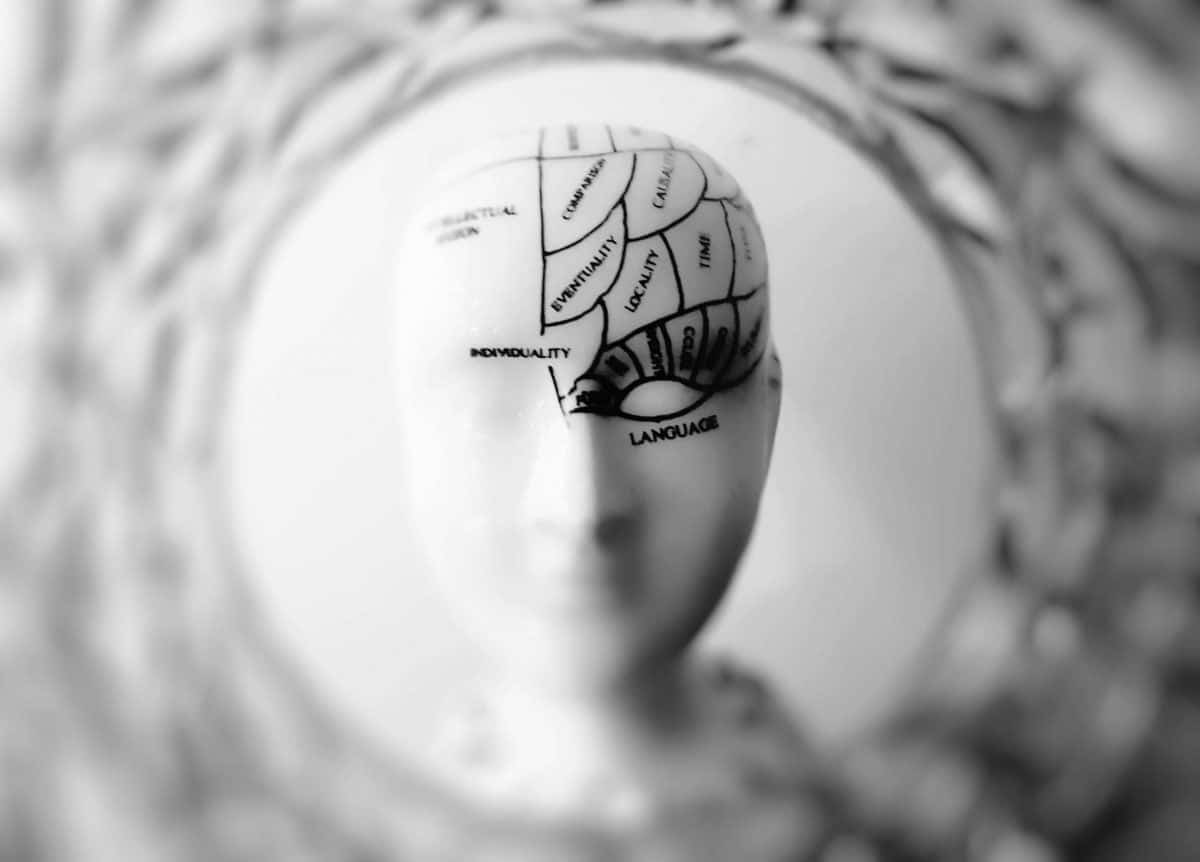
Share this post!
Nutrition and Brain Health. Why it’s personal to me.
I really enjoy writing blogs for Nutrition Therapy Institute. I also enjoy being a course instructor at Nutrition Therapy Institute…..passing the baton to new students so that they, too, can go into the world and make it a healthier place.
Additionally, I enjoy digging into the research…. so that I can share, with you, the science behind why holistic nutrition is an incredible tool for your optimal health. But, I didn’t always utilize healthy strategies for me and my family.
I spent many years being a cigarette smoker and a Coca-Cola addict….yep, true addiction to Coca-Cola. I stopped smoking when my oldest son was in kindergarten. (An interesting story for another time.) The Coca-Cola addiction was a different story. It took many attempts over many years. (Again, another story for another time.)
My approach to health and nutrition took a big turn after the birth of my second son, Kevin.
He was a full-term baby with an easy delivery….perfectly healthy in every way. However, sadly, when he was 2 months old, he suffered a brain injury and things changed. From that point on, none of his milestones were met on the timeline that his pediatrician set out for him. The crawling. The babbling. The talking. The walking. Nothing was progressing as it should.
When Kevin was 3 or 4 years old, the pediatrician told my husband and I that he probably wouldn’t progress much beyond a 6-yr old mental capacity. That’s a lot to take in…..and quite life altering, for the entire family.
For the next few years, my family and I moved forward, as if the words of the pediatrician were pure gospel. We were told Kevin wouldn’t progress much, so we didn’t expect anything of him. And, we didn’t change much about our daily lives.
My Epiphany
I was very blessed to have an epiphany in 1995. It hit me that the words of my son’s pediatrician would, indeed, be gospel if I didn’t do something to change the current course we were on.
Wasn’t quite sure what the new course would look like, but I knew that the current healthcare model didn’t have any options that would improve the health of Kevin’s brain. That’s when I discovered ‘alternative’ doctors and healthcare practitioners. It was a field I had never looked in to before.
It was at this same time that Kevin’s diagnosis changed from ‘brain-injured’ to ‘autistic-like disorder’. He didn’t have ALL of the classic signs of autism, but had many, so that’s the box he was put in. (As you are probably aware, the diagnosis of autism has changed a lot over the years and now it’s considered a very wide spectrum.)
Chiropractic care, with cranial work, made a big difference in his life, and we were so grateful to see the improvements. However, we knew there was room for more improvement.
That’s when I started digging in to specific nutrition protocols for brain health.
It’s important to remember that all of this took place well before the internet was a thing. Any research that was done required reading real books……lots and lots of real books. And, I tried every protocol I put my hands on.
If I did nothing, Kevin’s brain would not improve. If I tried a protocol, and it failed, I felt like it wouldn’t cause additional harm, so why not give it a try. And I tried every nutrition program available…..and the good news is that they all had good parts that allowed for a degree of brain improvement.
However, somewhere between 2005 and 2006, I was at a continuing education conference and listened to Dr Natasha Campbell-McBride talk about a nutrition protocol she was using for her child, who had learning disabilities. She also talked about many children who sounded a lot like my son. (And, at this point he was 19-20 years old.) She gave very strong specifics about certain nutrients and how they would support different parts of the brain and digestive tract. She subsequently wrote a book entitled Gut and Psychology Syndrome, which outlines her protocol.

I was so focused on brain health that I didn’t pay much attention to the health of his digestive tract. (Truth is, not many doctors were focused on the digestive tract at that time.)
Though I was pleased with all of the nutritional changes I made to Kevin’s diet over the years, after listening to Dr Campbell-McBride I was filled with a sense of hope that I’d never been filled with….and please remember, my son was not a child anymore. He was a young man. Some parents might’ve thought it would be too late to make any real changes for their child. I’m here to tell you that wasn’t the reality for us.
As it relates to our experience, Kevin’s greatest improvement in his health happened between 20-24 years old.

Where we are today
Today, Kevin is 34 years old.
Here are the milestones he made, even though we were initially told he would not progress beyond a 6-yr old mental capacity:
- He got a driver’s license.
- He got a job.
- He moved to his own apartment – out of state!!!!
- He attended community college and received his CNA certification.
- He got married.
- He and his wife bought a house.
There is absolutely no way any of this would’ve happened without eating foods that nourished his specific deficiencies. What I know to be true is that regardless of health challenges you or your loved ones are facing, if you nourish the body, it will improve.
Will a complete healing take place? Maybe. Maybe not. But, even if a complete healing doesn’t take place, the health will still be improved…..of that, there is no doubt.
If you are the parent, or loved one, of someone with autism, Aspberger’s, Alzheimer’s or any other brain disorder, please know that there is help. You can certainly research resources that are available. It’s much easier than it was in the 80’s and 90’s. Additionally, you can seek the help of a Nutrition Therapist. They are very skilled and trained to create a nutrition protocol that will support optimal brain health.
Since we’re heading into warm weather, I’m going to share a refreshing recipe that’s sure to support the brain. Heck, you can even enjoy this recipe if you don’t have a brain disorder. It’s always a good idea to keep your brain as healthy as possible.
Refreshing Summer Salmon Salad
SERVES 4
PREP TIME: 10 minutes to 15 minutes
COOKING TIME: 8 to 10 minutes
INGREDIENTS:
1/4 cup olive oil
3 tablespoons red wine vinegar
- 2 tablespoons freshly squeezed lemon juice (from 1 lemon)
- 1 clove garlic, minced
- 3/4 teaspoon dried oregano
- 1/2 teaspoon kosher salt
- 1/4 teaspoon freshly ground black pepper
- 1/2 small red onion, thinly sliced
- 1/4 cup cold water
- 4 (6-ounce) salmon fillets, skin removed (It’s very easy to remove skin AFTER it’s cooked)
- 2 medium heads butter lettuce, such as Boston or Bibb (about 1 pound), torn into bite-sized pieces
- 2 medium tomatoes, cut into 1-inch chunks
- 1 medium cucumber, quartered lengthwise, then cut into 1/2-inch chunks(I use an English cucumber)
- 1/2 cup pitted kalamata olives, halved lengthwise
- 4 ounces feta cheese, crumbled (about 1 cup)
INSTRUCTIONS:
Arrange a rack in the middle of the oven and heat to 425°F. While the oven heats, marinate the salmon and soak the onions (instructions below).
Whisk the olive oil, vinegar, lemon juice, garlic, oregano, salt, and pepper together in large bowl. Transfer 3 tablespoons of the vinaigrette to a baking dish large enough to hold all the pieces of salmon in one layer. Add the salmon, turning them over gently a few times to evenly coat in the vinaigrette. Cover and refrigerate. Place the onion and water in a small bowl and set aside for 10 minutes to make the onion less potent. Drain and discard the liquid.
Uncover the salmon and roast until it is cooked through and flakes easily, 8 to 12 minutes. An instant-read thermometer into the middle of the thickest fillet should register 120°F to 130°F for medium-rare, or 135°F to 145°F if you prefer it more well-done. Total cook time will depend on the thickness of salmon, based on the thickest part of the fillet. Meanwhile, compose the salad.
Add the lettuce, tomato, cucumber, olives, and drained red onion to the bowl of vinaigrette and toss to evenly coat. Divide between 4 plates or shallow bowls. When the salmon is ready, place 1 fillet on top of each salad. Sprinkle with the feta and serve immediately.
Related Reading…
The Healthiest Foods (and Two Drinks) for Concussion Recovery
Blog Author: Dr Becky Spacke is a course instructor at Nutrition Therapy Institute. Additionally, she has a private practice focused on minimizing the risk of developing Alzheimer’s Disease as a qualified ReCODE practitioner.
Images: Image by Xespri is free for use by Pexels; Grilled Salmon Salad by Mr.TinDC is licensed under CC BY-ND 2.0
Share this post!




















